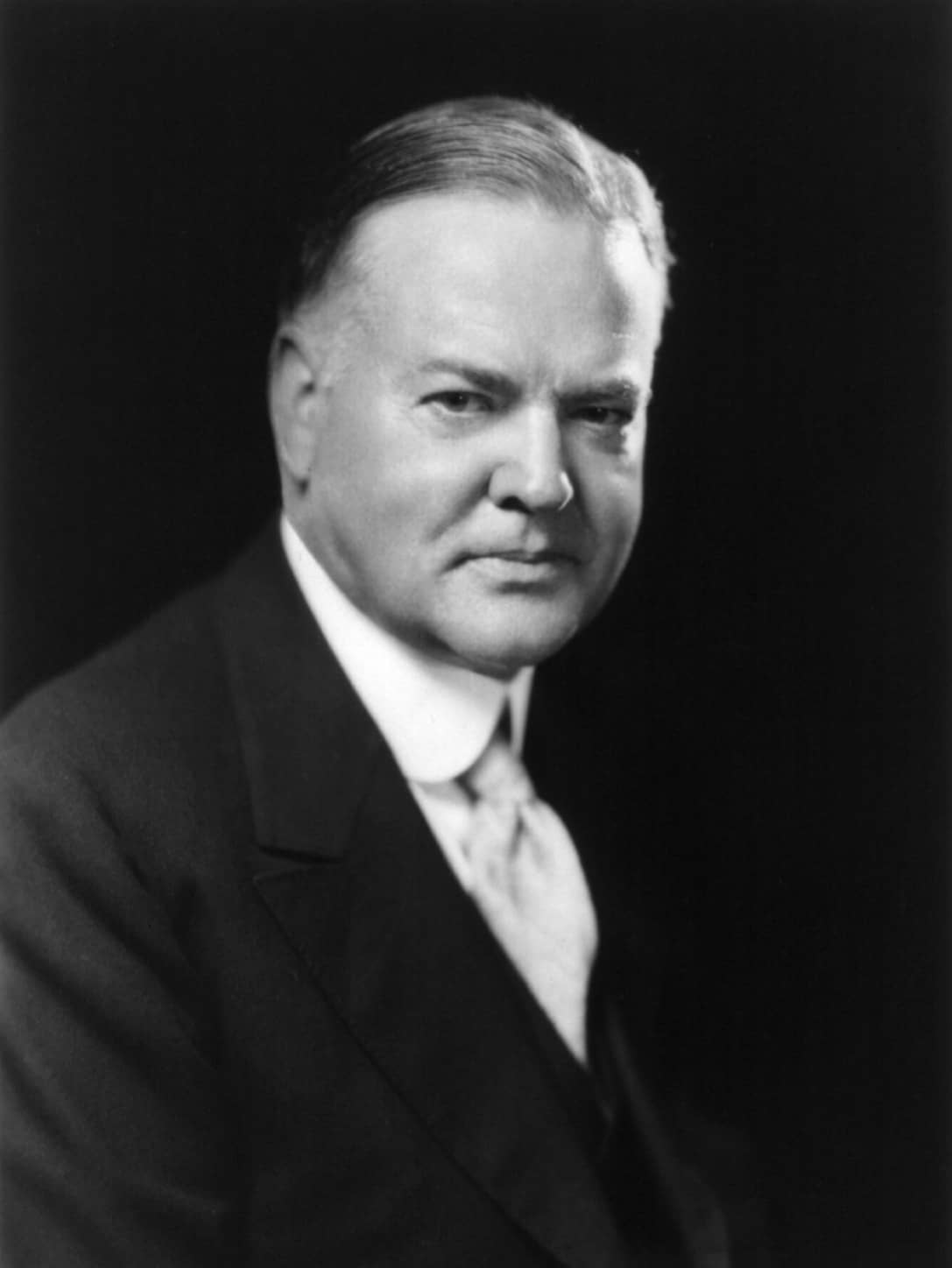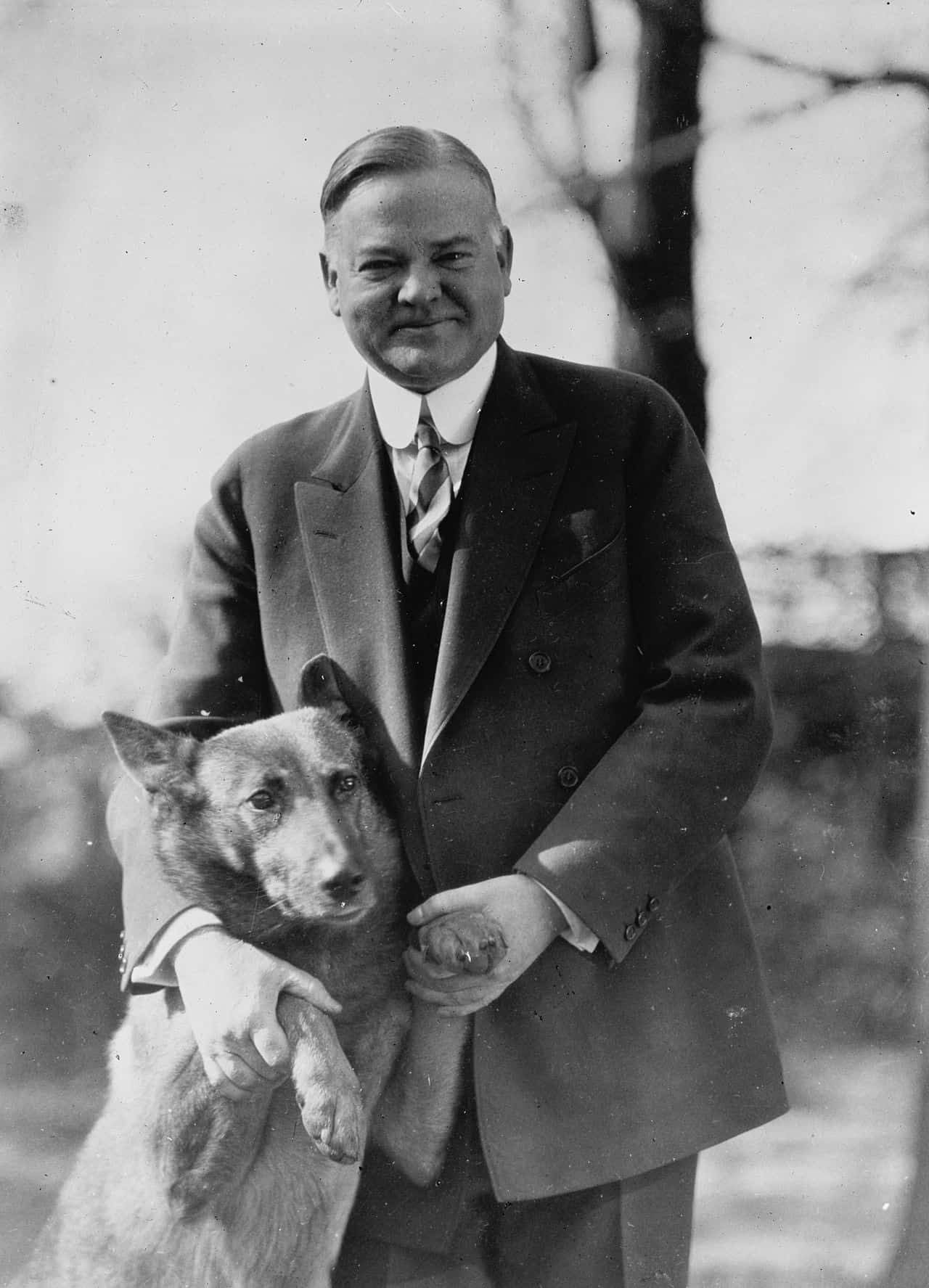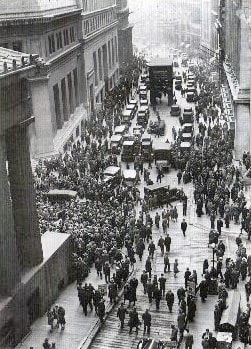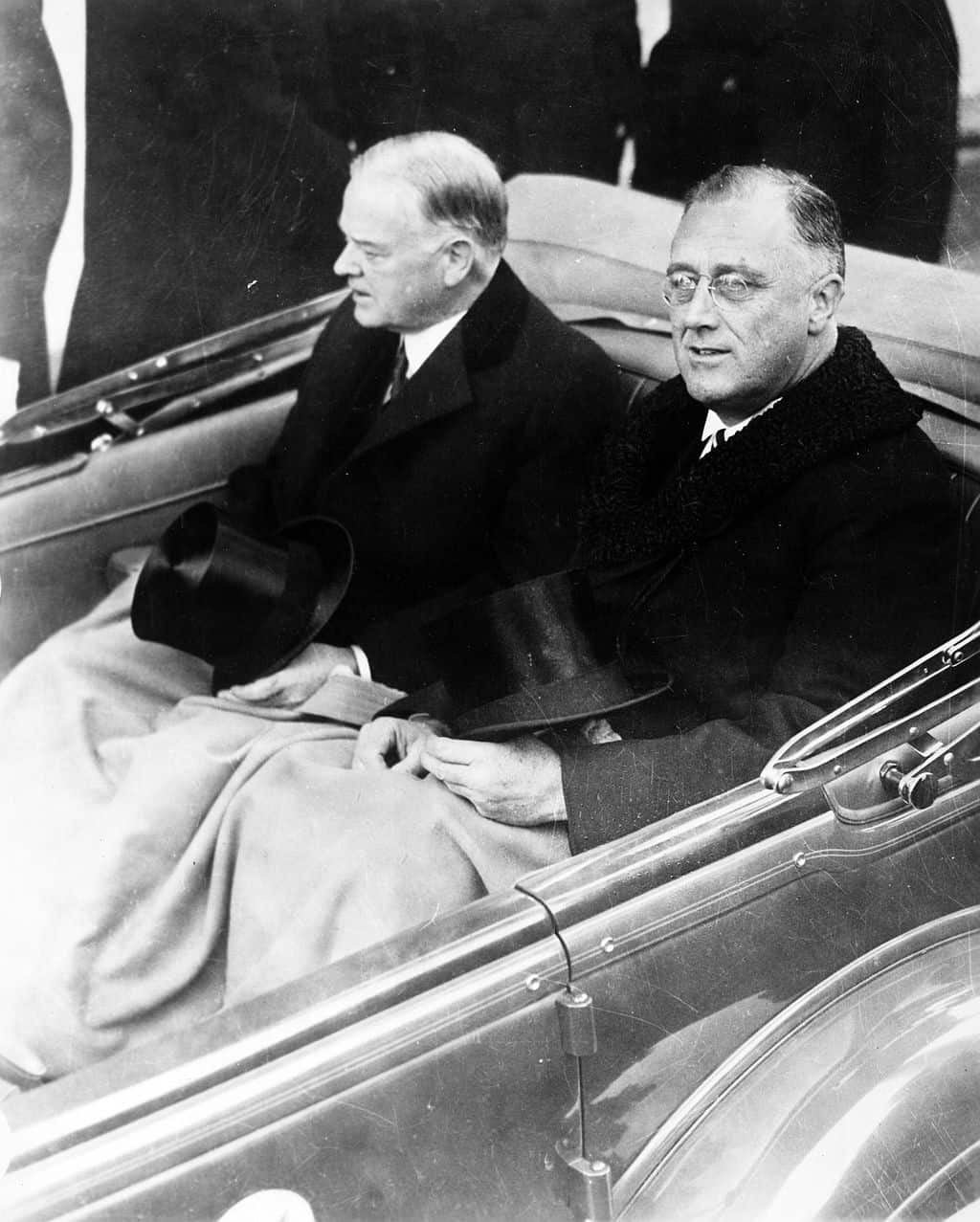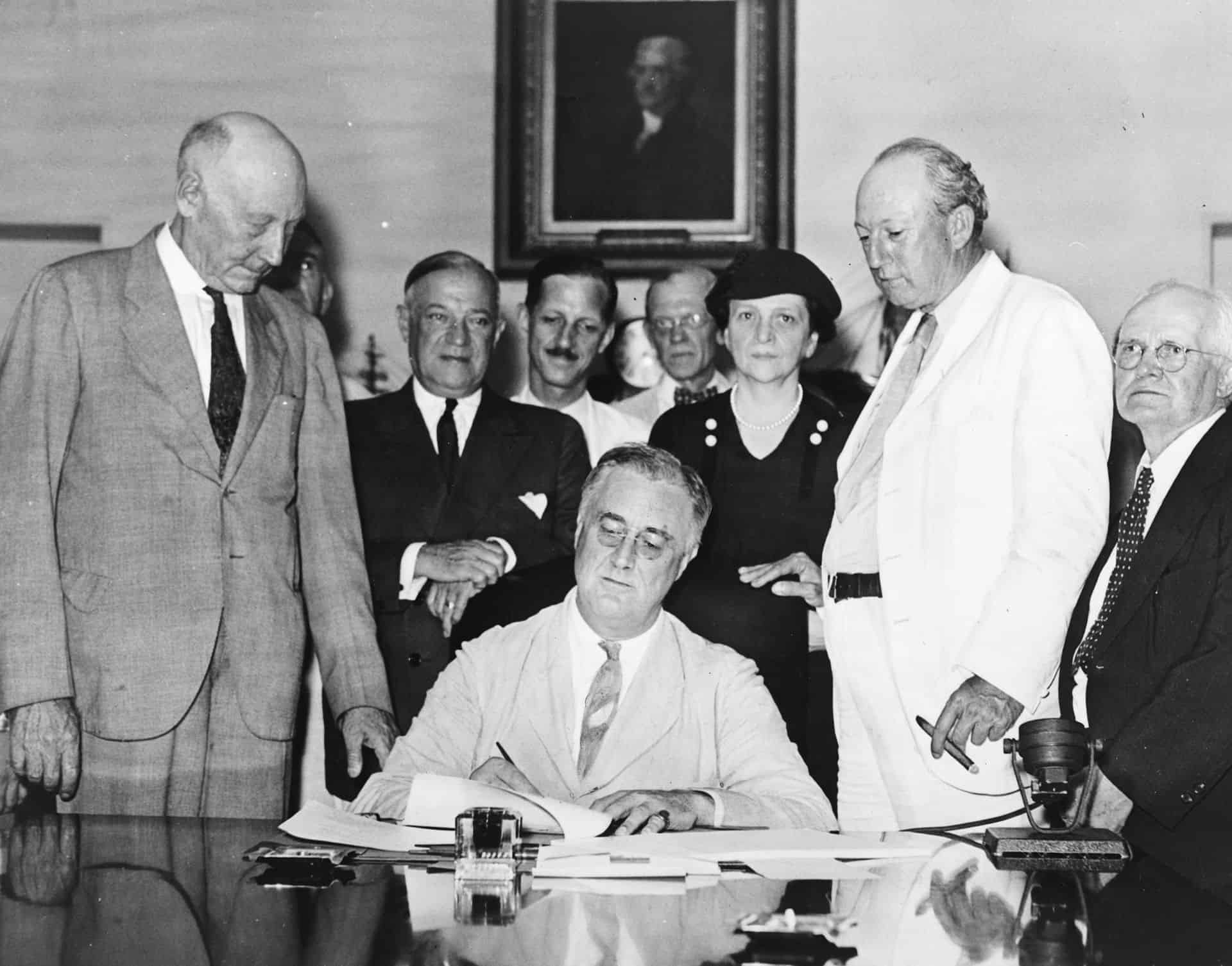A Test—and Some Important Insights about America the Changing Political Landscape in America
This is a test consisting of two questions.
Question 1: In or around 1920, of whom did Franklin Delano Roosevelt say, “I wish we could make him President. There could not be a better one”?
Question 2: In 1920, who said, “I do not believe this country is either reactionary or radical. I believe that the country at heart is progressively liberal”?
Hint: One man’s name correctly answers both questions. Scroll down for the answer.1
The answer: Herbert Hoover, who would become the 31st President of the United States and serve as president from 1929 to 1933.
You’ll find it interesting that Question 2 cited only a portion of what Hoover said. Here’s the statement we cited above, plus more: “I do not believe that this country is either reactionary or radical. I believe that the country at heart is progressively liberal.…I believe that the better way to secure reforms in political, social and economic conditions is through the progressive element in the Republican Party.”
Historian George H. Nash is an expert on the Hoover presidency. Nash contends
that instead of blaming Hoover for the Depression, historians should consider Hoover as a governmental activist. As secretary of commerce, Nash maintained, Hoover took the initiative for national waterway development, radio regulation, aviation registration, stabilization of the coal and railroad industries, elimination of the 12-hour work day in the steel industry and the curtailing of industrial waste. [Hoover was secretary of commerce from 1921–1928 under Presidents Harding and Coolidge.]
It’s important to understand that Hoover’s failures—and the perception that he was doing little or or nothing to revive the economy after the onset of the depression—paved the way for Roosevelt’s perceived successes, even though the depression under Roosevelt lingered for many years.
It’s important to understand that Hoover’s failures—and the perception that he was doing little or or nothing to revive the economy after the onset of the depression—paved the way for Roosevelt’s perceived successes, even though the depression under Roosevelt lingered for many years. Steven Horwitz, the Charles A. Dana Professor of Economics at St. Lawrence University, says,
Herbert Hoover with his dog, King Tut
Many historians, most of the general public, and even many economists think of Herbert Hoover, the president who preceded Franklin D. Roosevelt, as a defender of laissez-faire economic policy. According to this view, Hoover’s dogmatic commitment to small government led him to stand by and do nothing while the economy collapsed in the wake of the 1929 stock market crash. The reality is quite different. Far from being a bystander, Hoover actively intervened in the economy, advocating and implementing polices that were quite similar to those that Franklin Roosevelt later implemented. Moreover, many of Hoover’s interventions, like those of his successor, caused the Great Depression to be “great”—that is, to last a long time.…
a crowd gathers on Wall Street immediately after the 1929 stock market crash
Hoover did not stand idly by after the depression began. To fight the rapidly worsening depression, Hoover extended the size and scope of the federal government in six major areas: (1) federal spending, (2) agriculture, (3) wage policy, (4) immigration, (5) international trade, and (6) tax policy.…
Of all the presidents up to and including him, Herbert Hoover was one of the most active interveners in the economy.
a March 17, 1929 political cartoon by Oscar Cesare depicting Herbert Hoover as America’s new president
Redford G. Tugwell, an advisor to FDR, said this about Hoover’s policies: “When it was all over, I once made a list of New Deal ventures begun during Hoover’s years as Secretary of Commerce and then as president.…The New Deal owed much to what he had begun.”
Hoover and Roosevelt on March 4, 1933, the day of FDR was inaugurated to his first term
This chart showing the national debt as a percentage of the gross national product from 1929-1950 offers proof of Hoover’s activism. Yet, generally speaking, as we have said, historians see Hoover as having taken a hands-off approach. The timing of the stock market crash of 1929, the intensity of the economic downturn, and the failure of the economy to recover in a relatively short period of time despite the measures Hoover and Congress initiated—all of these factors and more—sent the American public to the polls in 1932 to elect Franklin Delano Roosevelt as president and a Congress composed of a majority of Democrats.
Roosevelt signs the Social Security Act on August 14, 1935
This set the stage for government to jump into the economy as never before. Roosevelt’s “New Deal” has been called “the radical restructuring of government’s role in the economy.” It’s apparent that Roosevelt’s approach altered the government’s role in the economy in ways Hoover’s did not. One observer states, “Ironically, FDR’s major policy initiatives–massive federal deficit spending to put people back to work—were an expansion of the tentative public works programs that he attacked Hoover for.”
To use an analogy, Hoover already had started digging the hole, and Roosevelt continued digging, and digging, and digging.
This page is part of a larger article.
Copyright © 2016 B. Nathaniel Sullivan. All Rights Reserved.
Note:
1Source for quotes in the test: Peter Rapalus, “Hoover Got a Bum Rap, Historian Tells Seminar,” LA Times, February 5, 1989
